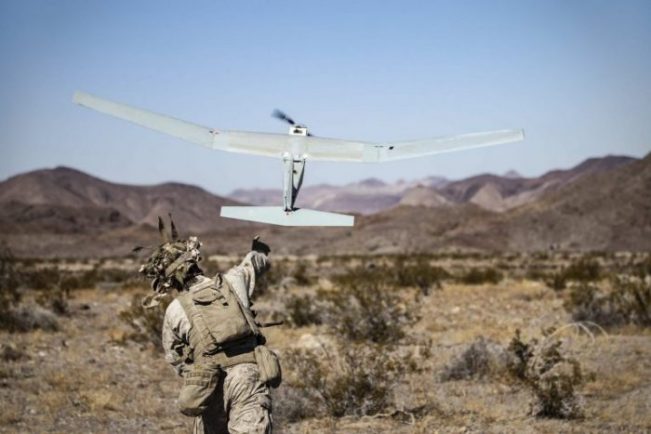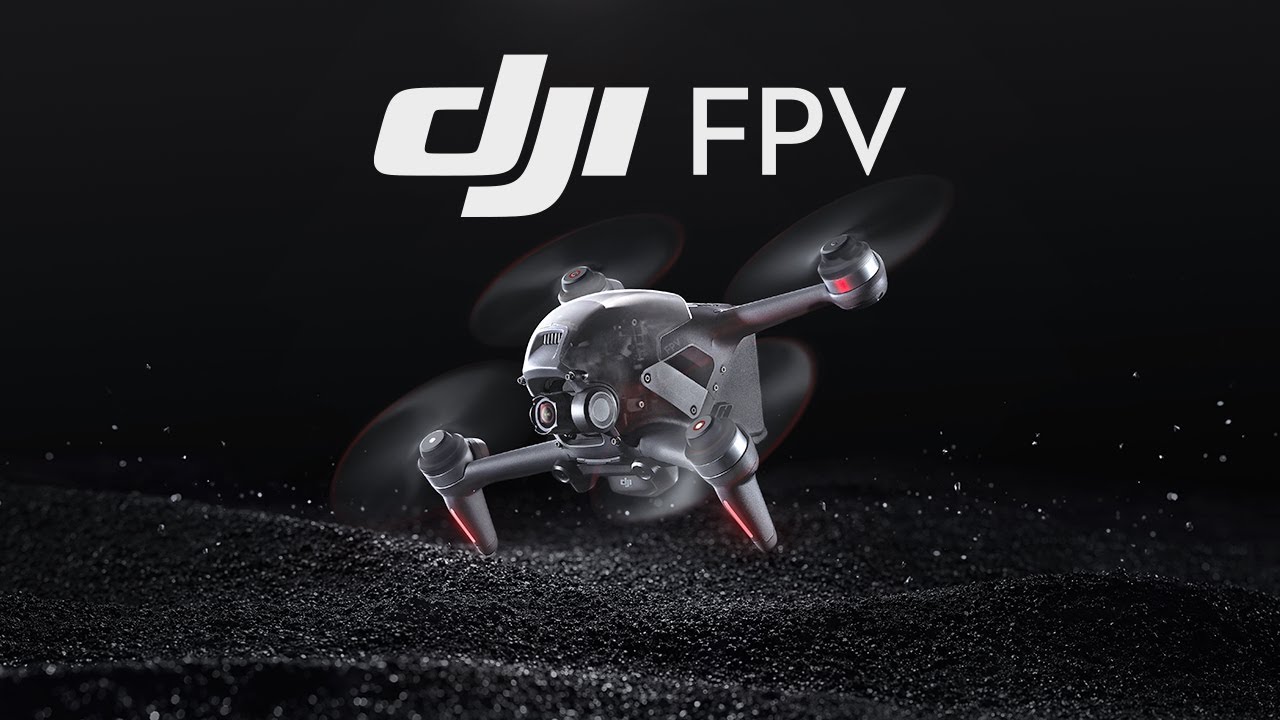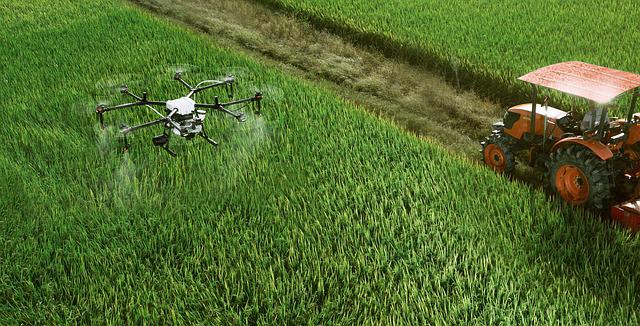
When comparing DJI Mavic 2 drones we will look at ActiveTrack 2.0 features, Hasselblad developed camera lens, flight time, and Hasselblad-developed camera. We'll also discuss the DJI GO 4 app. If you are still undecided, our comparison guide will help you make a decision. We will also be discussing the price and features of these drones. We'll look at the most important differences between them, including flight time, ActiveTrack 2.0 feature, and Integrated 2x optical zoom.
ActiveTrack 2.0 feature
ActiveTrack 2.0 is a feature of DJI Mavik 2 drones that combines the main camera and two forward optical sensors to create an interactive 3D map. This information is used by the drone to identify and track the subject, as well any possible obstacles. Active Track uses Yuneec and Intel RealSense the same technology. But it's more advanced. The Mavic 2 has the ability to track cars and other subjects at extremely high speeds.
Hasselblad-developed camera lens
The Mavic 3 uses a Hasselblad designed camera lens for both primary as secondary cameras. The main camera features a 4/3" sensor and f/2.8 aperture and an 84-degree field-of-view. Mavic 3 features a secondary camera with a 162-millimeter telephoto zoom lens and a fixed F4.4 aperture. It also features a 28x Hybrid Zoom that allows you to bring distant objects closer.

2x integrated optical zoom
DJI's Mavic 2 drone is now available. It is an excellent successor to the Mavic Pro. Both models include a 2x optical zoom as well as a Hasselblad camera. These drones include a range of ND filters. They provide light reduction at three, four and five stops. The Mavic 2 Zoom and Mavic 2 Pro cost $1,449, and $1,499 respectively.
Flight time
There are several things you can do to increase the flight time on your DJI Mavic 2 drones. It is important to regularly clean your drone. Dust can accumulate inside the electronic components, reducing the drone's flight time. Second, select the right flight mode. Sports mode, for example will only consume 23% of the power. Normal mode, however, will consume 100%.
Range
DJI Mavic 2 drones can fly up to six miles in America and six kilometers elsewhere in the world. Users can get this updated feature via the DJI GO 4 app or the DJI Assistant 2. However, the actual flight range of these drones may be less than what is stated. The manual will give you the exact range. If you plan to take aerial photos in dense areas, this information is essential.

Landing light
You should inspect the board that controls your DJI Mavic 2 if it isn't landing correctly, flickering lights, or dimming of the lights. The board is the most likely culprit for your problem. Here are the steps to fix your drone’s landing issues. The Landing light will quickly fix your problems. Once you've got it working properly, you can enjoy the benefits of using a drone like this.
FAQ
With a drone, can someone spy on me?
Anyone can spy on you with a drone. You can protect yourself against drones by being aware of them and avoiding areas where they might fly. Do not hesitate to call 911 if a drone is seen flying.
Can I fly my drone indoors
Yes, you can fly your drone indoors. Your home should be free from obstacles and hazards. Avoid flying near heating vents, heating vents and air conditioning units.
Can you fly a drone high without a licence?
The FAA has no limit on how high you can fly a drone. The FAA does require you to register unmanned aircraft systems (UAS), which include the registration number of your model, weight and size, serial numbers, manufacturer's names, date manufactured and other information.
What are the laws around flying drones?
The Federal Aviation Administration (FAA), regulates drone operations in the United States. First, you need to obtain a FAA certificate in order to operate a drone commercially. You must then complete a course on piloting skills and pass an examination. Finally, you must pay a fee to the agency.
Statistics
- According to Indeed, a drone pilot gets paid $25.73 per hour on average in the US. (dronesgator.com)
- According to industry research from ZipRecruiter , there are 10 cities where the typical salary for a Drone Pilot job is above the national average. (dronesgator.com)
- With the top 10% making over $100/h and the bottom 10% making as low as $10/h. (dronesgator.com)
External Links
How To
How to Fly Drones at a Beginning Level
A drone can be used to fly remotely controlled aircraft for photography, surveillance, scientific research, hobby and commercial purposes. Drone technology has existed since World War II. DJI's Phantom quadcopters became commercially available in 2010. There have been many drones made since then. These range from beginner-friendly drones like Parrot AR Drone 2.0 to more advanced multi-rotor craft like DJI Mavic Pro.
There are many options for flying a drone.
-
Remote control - This method uses a control device attached to your hand, which enables you to steer the drone through its flight path. There are two main types, On/Off switches (like radios) and joysticks.
-
Manual Control – This allows remote operation of the drone via GPS coordinates using a smartphone application. The app will provide instructions and help you to locate the drone.
-
Autonomous Flight: This means that the drone will take care of all the piloting. It basically flies autonomously without any human intervention. To enable autonomous flight, the drone should have a built in camera and sensors capable recording images and data.
-
Triggered Flight – This method is very similar to manual flight. The pilot creates a route that the drone will follow until it reaches the destination. Once the programmed route has been completed, the drone returns to the base automatically.
-
Landing Gear – Some drones are equipped with landing gear, which allows them to safely land if they lose power during flight.
-
Goggles-Some pilots use goggles to protect their eyes from debris during operations.
-
Camera – Some drones have cameras, which allow you to take photos or videos from up high.
-
Obstacles – Some drones have obstacle avoidance systems that stop them from colliding with obstacles.
-
Speed - Drones can reach speeds up to 40 mph.
-
Battery Life - Most drones can last between 20 minutes to 3 hours, depending on how much power you're using.
-
Some drones have a range of up to 30 miles, depending on their model.
-
Power source - Some drones require an external power source; others work off internal batteries.
-
Weight - Some drones have a weight of less than 1 pound and others weigh 4 lbs.
-
Size - Drones can range in size from tiny devices that can fit in your palm to heavy crafts that weigh 50 pounds.
-
Price - High-end drones can go for thousands of dollars, while low-cost models start at $100.